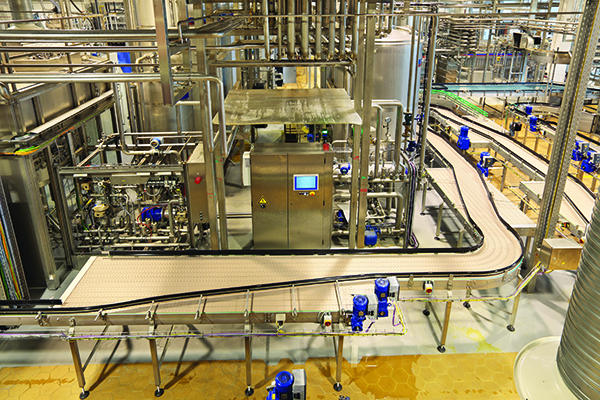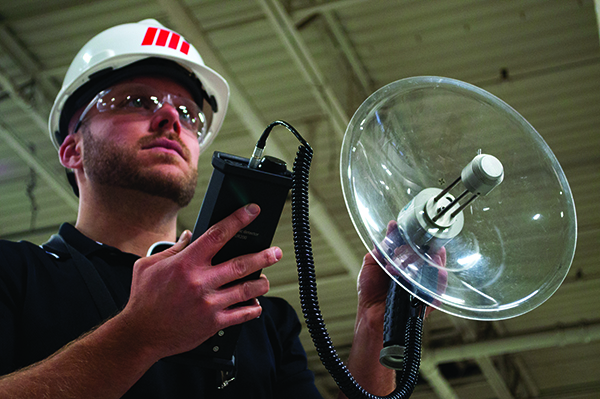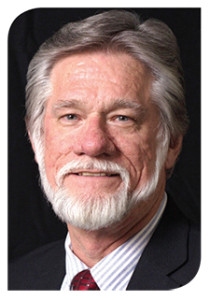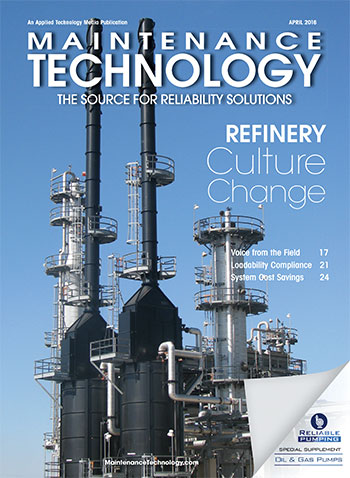
A systems approach to equipment-optimization prevents individual changes from negatively affecting downstream processes, and often yields other, possibly unnoticed saving opportunities.
Evaluating equipment systems and associated processes throughout your plant can yield substantial low-hanging, waste-reduction fruit.
For a variety of obvious and not so obvious reasons, it is more important than ever for manufacturing operations to explore system-wide cost-reduction strategies. While there are numerous areas in plants where costs can be reduced, the one that provides substantial savings opportunities for any enterprise is energy consumption.
According to the Energy Information Administration, Washington, the average cost of electricity per kilowatt dropped for the industrial sector of the economy from December 2014 to December 2015. This should not, however, reduce focus on this area as a potential gold mine of cost-reduction opportunities.
As most involved in manufacturing are aware, each time energy is converted from one form to another, energy loss occurs. This, combined with loss associated with supply and distribution, accounts for a high percentage of the annual energy usage in manufacturing.

Ultrasonic leak-detection equipment can dramatically reduce the time needed to pinpoint leaks in compressed air systems, making repairs easier and more cost-effective.
Identifying the need
Consider the manufacturing of forest-products: Only about half of the energy consumed by those types of operations is used directly in processes that lead to finished goods. As much as 45% of the purchased energy is wasted through generation (18%), distribution (12%), and conversion or mechanical inefficiencies (15%). Despite conventional wisdom, however, generation is not the best place to start when it comes to reducing energy waste.
Typically, cutting generation energy waste requires large capital investments that take years, sometimes decades, to recoup. Distribution and conversion, though, are ripe with low-hanging fruit. If a proper system-wide analysis is performed, these areas can yield high savings with a relatively short ROI (return on investment).
It is important to look at a system in its entirety, i.e., take a systems approach, when reviewing cost-reduction opportunities. This not only prevents a change from having a negative impact on a downstream process, it can yield indirect savings that would otherwise go unnoticed.
For example, repairing leaks in a compressed-air system may allow a redundant compressor to be idled. This cost reduction is fairly straightforward to quantify and capture. The downstream effect of repairing the leaks, however, will also yield a higher and more consistent air supply at the point of use. This could make it possible to use smaller, lighter-weight tools, resulting in more-economical replacements. Moreover, it could reduce user fatigue, resulting in increased productivity and less likelihood of repetitive-stress injuries.
Mechanical inefficiencies present a wealth of opportunities to significantly reduce energy consumption and maintenance costs with a short ROI. Many manufacturers over the past decade have taken a hard look at redesigning legacy systems with energy-efficient drop-in replacements. Often these redesigns will yield a substantial reduction in energy consumption, relative to that system, and typically will extend or eliminate maintenance intervals, further reducing costs. Belt-driven live-roller conveyors are a case in point.
Energy efficiency can be achieved and noise levels reduced by replacing conventional components with parts designed to take advantage of newer technology, as with this modular plastic chain conveyor.
Applying the approach
Many sites still use old-technology, belt-driven live-roller conveyors to move finished product to be packaged or shipped. This manufacturing standby consists of sections of horizontal cylindrical rolling elements, arranged close together in series, driven by a prime mover (typically an electric motor/gearbox combination) and a belt that causes the rollers to spin. Unfortunately, there are some downsides to this relatively simple solution.
Specifically, these types of conveyors have several points at which energy is converted from one form to another, increasing the intrinsic energy loss and reducing system efficiency. This inefficiency increases power consumption by the prime mover, driving up electricity usage and cost.
Additionally, if one section goes down due to a broken belt or failed prime mover, the preceding section is then required to push the product through the dead roller section to the next live section. This can create an overload scenario for the preceding section or, depending on what is being conveyed, a loss of product due to breakage or jamming.
An often-overlooked factor with belt-driven live-roller conveyor systems is noise. The Occupational Safety and Health Administration (OSHA) mandates that a worker be exposed to no more than a weighted average of 8 hr. of 90 dBa of workplace noise per day. The National Institute for Occupational Safety and Health (NIOSH) recommends a maximum of 85 dBa exposure for any eight-hour workday. While this should not be viewed negatively, companies are required to incur the additional expense of providing personal protective equipment (PPE) to employees. This includes earplugs, if a hazardous noise environment is deemed to exist.
Retrofitting or upgrading these legacy conveyor systems offers considerable savings potential for sites. One such solution is a plastic modular chain conveyor. This system uses a series of flattened, interconnected plastic links to create a conveying surface that can handle existing turns and elevation changes found in many current live-roller conveying systems. Using a plastic modular chain immediately reduces the points of energy conversion, improving system efficiency and lowering the electrical waste, and thereby cost. Also, since the system is no longer comprised of multiple interdependent sections, the points of failure are reduced, likely improving system up-time while concurrently reducing time spent on routine maintenance.
Modular belting has the added benefit of being significantly quieter in operation when compared with a live-roller system. This one change likely will not eliminate the need for personnel to use PPE in the manufacturing environment. They will, however, experience an improved work environment that could contribute to higher worker satisfaction and retention, which is a lasting cost savings.
Reaping the benefits
Identifying cost-savings opportunities is all too frequently left up to a maintenance technician or a maintenance planner, with limited insight on the overall system. Taking a system-wide approach and engaging facility engineers, consultants, or a technically oriented distributor partner can aid any maintenance team in the discovery of innovative solutions. By evaluating savings opportunities beyond their immediate impact to the budget, a beneficial breakdown of the information silos between finance, maintenance, and purchasing often occurs.
Note that cost-saving strategies will be quantified differently, depending on a site’s motivation, i.e., taking advantage of energy savings, keeping product reliably moving down the line, or reducing incidents of workplace injury related to repetitive stress. Still, while organizations committed to system-wide optimization can rarely fully quantify their captured savings, the impact of such strategies can never be underestimated. MT
Information for this article was provided by Greg Mink, a corporate account manager in Contract Management, at Motion Industries Inc., Birmingham, AL. He has more than eight years assisting industrial customers identify, track, and quantify cost savings. For more information, visit motionindustries.com or Motion’s Knowledge Hub.










